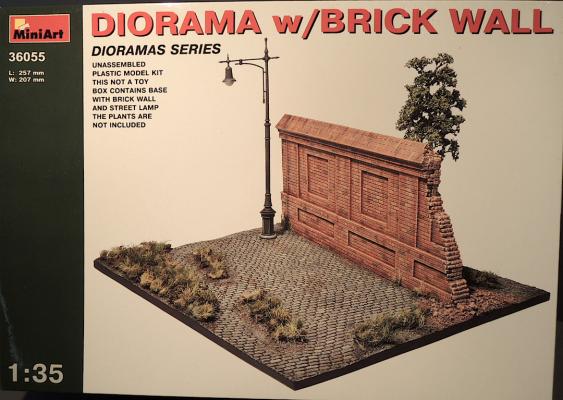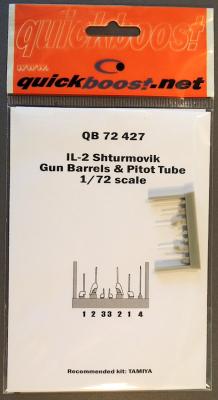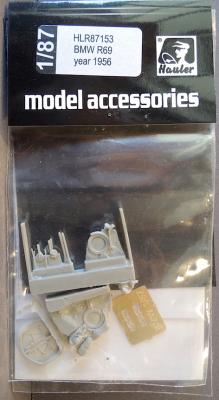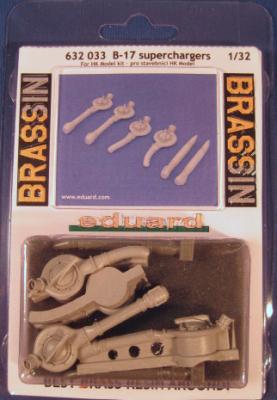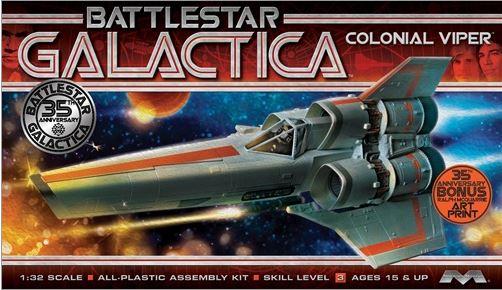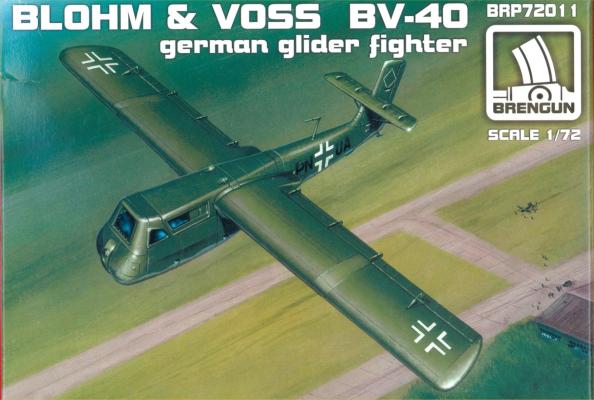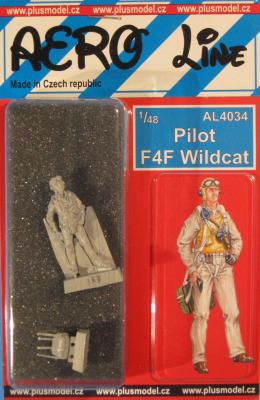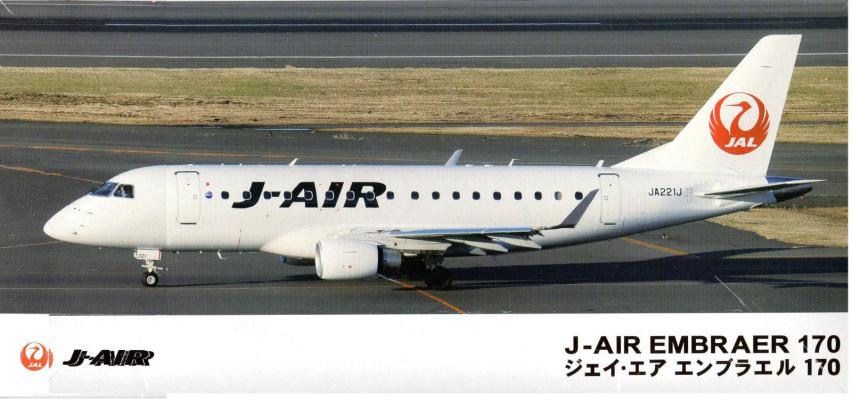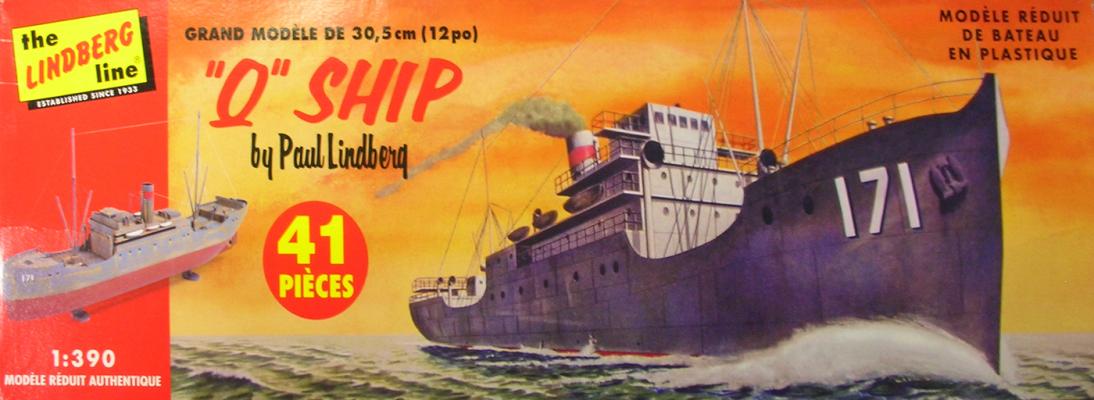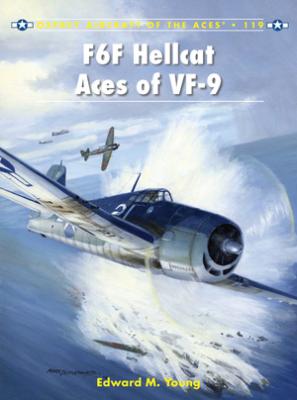This kit is one of MiniArt’s Diorama Series and includes a damaged brick wall section cobblestone street, and streetlight. The kit comes boxed with parts in a plastic bag. Kit contains three vacuum formed pieces for the wall sections, wall cap and base. The kit also includes one molded plastic sprue for the streetlight fixture. The base section has cobblestone pavers, piles of rubble, and rubble behind the wall. The cobblestone base has a worn vehicle track at an angle across the front. The wall is set at a slight angle and the base appears to have enough space for one 1/35 scale vehicle plus a few accessories.
What's New
This is another fine set of replacement details form Quickboost, this set for the Tamiya 1/72 Ilyshin IL-2 Shturmovik. The details include replacement gun barrels and pitot tube.
The Tamiya kit details are nice, but the Quickboost details are more refined and have no flash. The gun barrels and pitot tube are thinner than the Tamiya parts and don’t require any cleanup other than removal from the casting block.
The Quickboost details will add nicely refined detail to the Tamiya kit and are a great value for a low price.
Thanks to Quickboost for their continued support of the IPMS review program and for providing the review sample. Thanks also to the great IPMS review staff for letting me review the details.
This is a resin kit of a 1956 vintage BMW motorcycle in 1/87 scale (HO train scale). Kit comes in 22 gray resin pieces and two photoetch pieces.
The frame pieces E & F are cast within a casting ring completely surrounded by flash. Hauler suggests an interesting method to remove the flash by placing the parts on a piece of sandpaper and sanding off the flash. It worked pretty well and left the very delicate parts fairly clean without breakage.
Some of the flashing around the parts is fairly thick considering how small the parts are.
The front and rear tires use imaginary spokes as the hubs hang in the middle of the wheel. There are two photoetch handlebar pieces supplied so I assume they needed to be glued together and that’s what I did. The kit goes together really well considering how small the pieces are and has nice detail for a small kit.
I painted the model with some gloss black, flat black, aluminum, and chrome paint.
Eduard has done it again. This time, releasing an outstanding resin super detail kit to add to their long list of other detail parts for the HK Model kit of the B-17. Included in this set are four resin highly detailed superchargers and two exhaust pipes to replace the existing models parts. The superchargers are designed to be direct replacement part, so no modification to the kit is required. The only cutting that is needed is to remove the exhaust header coming from the engine cowling and attach this to the superchargers. Remember measure twice and then again before you cut. The instructions are very good in showing what and where the cuts are required.
The only hard part in the kit that I found was to remove the casting carriers from the parts. I use a four inch bench mounted belt sander to quickly remove most of the carrier, then fine tune with a little whittling with the razor knife. It’s ok to mess up a little, it will not be seen when they are installed.
Introduction
Many stories have been told in science fiction of man’s development of artificial intelligence and the subsequent enslavement of man by the machines he created. One such story was Battlestar Galactica (BSG) which first aired on ABC television in 1978. Mankind had created an army of automatons known as Cylons to protect and serve them but the Cylons evolved a sense of purpose of their own, destroying the human civilization and chasing the last few thousand human survivors into deep space and forcing them to search for a new home - Earth. In 2004, a darker and more sinister Battlestar Galactica was reimagined as a miniseries on the SyFy Channel.
Over the last few years, Moebius Models has developed several great and accurate model kits devoted to the new Battlestar Galactica series but in late 2013, Moebius released a 1/32nd scale Colonial Viper kit, one of several new kits released to commemorate the 35th Anniversary of the original TV series.
The Aircraft
The BV-40 was one of those ideas that never came to full operational capability. It was conceived in 1943, when the bombers were hitting all over the Reich, day and night. The concept was to build a small, light wooden aircraft which didn’t use much in the way of strategic materials but could shoot down bombers. Its small size would make it very difficult for bomber gunners to hit it. The armament was to be 2X 30 mm MK108 cannon, one in each wing root. The pilot lay on a mat in the armored cockpit. The BV40 was to be towed to altitude, above the bombers by a Bf-109, then released. The BV would then dive on the bomber stream and do as much damage as possible, then glide home. The wheeled landing gear were dropped on take off to save weight, and there was a skid under the belly.
Thanks to Plus Model for sending this elegant aftermarket pilot figure for review, and thank you IPMS Reviewer Corps for letting me review it! I am very appreciative of the chance to contribute back to the scale-modeling community.
Background
Embraer is an aircraft manufacturer located in Brazil. They started building some private and military aircraft but have found their niche by developing a line of smaller regional airliners. They started with a twin turboprop airliner named the Bandeirante and then the Brasilia. This was followed by a couple of twin jet airliners using some of the same airframe components, the ERJ-135 and ERJ-145. The engines on these aircraft were mounted at the rear of the fuselage. Following success with these products, Embraer started their E-jet series which featured larger fuselages and wing mounted twin jet engines. The initial production version is the Embraer 170. Over 1000 E-jets have been delivered as of September of 2013 and the airplane is well received by airlines around the world.
The Ship
A lesser-known fact about u-boat attacks is that most came during broad daylight and were conducted with the u-boat's deck gun not at night with a torpedo. The convoy system was yet to be established, so when the u-boats encountered individual unescorted ships rather than waste a torpedo, which they had on board in limited numbers, the u-boat would surface and shell the target with their deck gun. Sometimes the target would surrender, so the u-boat would send over a boarding party to help themselves to whatever they wanted before they told the ship's crew to abandon ship. They then scuttled her using no more valuable ammunition. However, when the target did not surrender or chose to run, the u-boat would just blow them out of the water with the deck gun.
About This Book
A historical account of VF-9 and its pilots that became aces flying the Grumman F6F Hellcat. In the aftermath of the Japanese attack on Pearl Harbor the US Navy quickly formed Carrier Air Group 9. CAG-9 had four squadrons, VF-9, VB-9, VS-9 and VT-9 they were activated in March 1942. Initially equipped with five Brewster F2A-3 Buffalos that were quickly replaced by Grumman F4F Wildcats. VF-9 first saw action during the Allied invasion of North Africa in November 1942. It was here the squadron successfully engaged Vichy French fighters in combat over Morocco. Upon returning to the United States, VF-9 became one of the first squadrons to receive the Grumman F6F Hellcat. Soon after they deployed on the USS Essex, namesake of its class of fleet carriers that formed the backbone of the US Navy’s Fast Carrier Task Force. VF-9, the Hellcat, and the Essex all entered combat in the fall of 1943, want more? Get this book.

